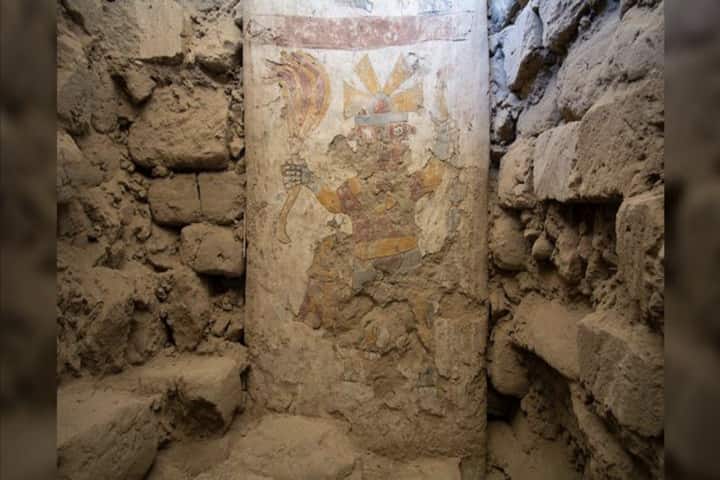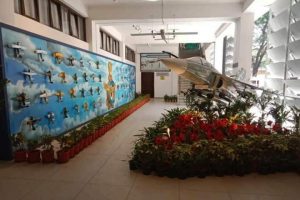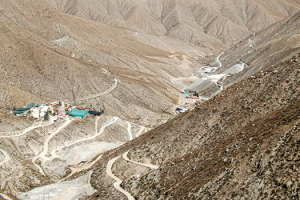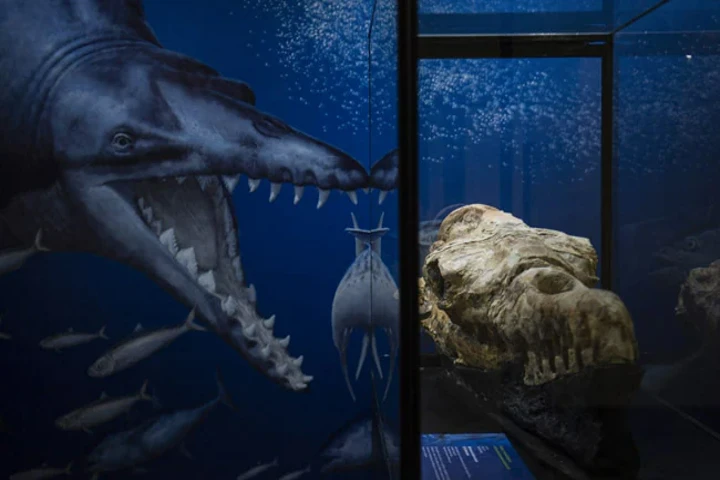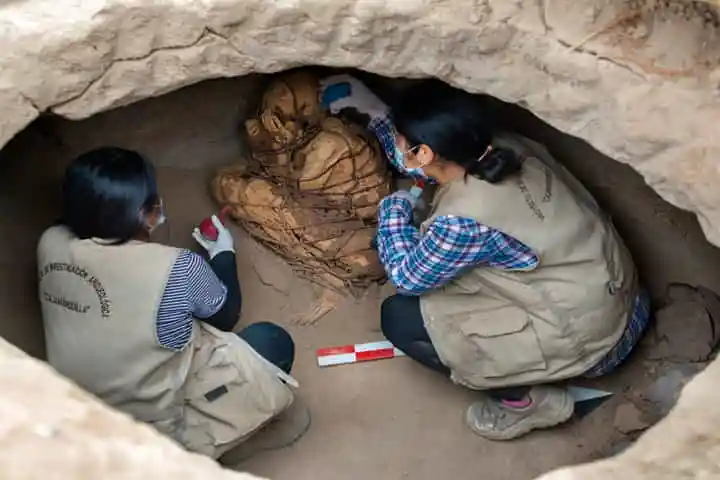Both art historians and archaeologists unearthed some extraordinary murals in Nepena Valley located in northern Peru. While one of them shows a man holding a feather fan and a goblet with four hummingbirds drinking from it, the other portrays a man with a feather fan and an object which is obscured partially.
A report in smithsonianmag.com mentioned that these murals which are magnificent date back to 1,400 years and are very elaborate in detail. That is not all, as they are distinctive too. Commenting on them Jessica Ortiz Zevallos, the Peruvian Director of the Archaeological Research Project, said that such images have “never before [been] seen in Moche art or any other pre-Hispanic tradition of the Andean region.”
Along with Lisa Trever, art historian and archaeologist from Columbia University, and Michele Koons, archaeologist from Denver Museum of Nature and Science, Zevallos led the research team.
As per the researchers what they have found is not even 10 per cent of the paintings at the site which was an architectural complex called Pañamarca and where digging has been going on for more than 50 years. They believe that the inhabitants of the northern coast of Peru – Moche people – built the place between 550 and 800 CE, predating the Incas by many centuries.
In a statement, Trever said: “Pañamarca was a place of remarkable artistic innovation and creativity, with painters elaborating on their knowledge of artistic canons in creative and meaningful ways as the people of Nepeña established their position in the far southern Moche world. Our project has the potential to inaugurate a new period of understanding and appreciation of Moche art, including by contemporary artists who use these ancestral works as inspiration in their own practice.”
Found on a pillar, the murals with two-faced men are unusual. While not knowing what they denote, the experts have put forward some theories. It could represent the deities but that is unlikely as Moche art used non-human characteristics like wings or fans to depict them.
Speaking to Live Science, Trever remarked: “The artists may have been experimenting with how to show movement, and two narrative moments at once.”
Besides the murals with two-faced men, other ones portraying a bat and serpent and a priestess conducting a ceremonial sacrifice have also been found.
The murals will help in knowing more about the Moche. Describing the art works as “truly spectacular”, Edward Swenson, University of Toronto archaeologist remarked that the new discoveries “will no doubt significantly aid archaeological and art historical efforts to reconstruct the cosmological meanings and religious narratives of Moche iconography.”
Swenson was not part of the study.
Planning to return to Panamarca for further research, Koons remarked: “We are only beginning to comprehend the mysteries revealed by these murals.”






